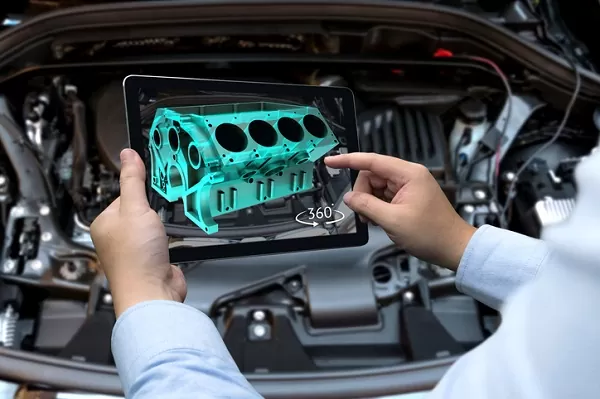One of the most common kind of car accident is a rear-end collision. These collisions are often minor but can lead to severe property damage and serious injuries such as whiplash, concussions, and spinal cord injuries. Typically, establishing liability in a rear-end collision is straightforward because the liability is often with the driver at the rear. However, that might not always be the case.
Causes of Rear-End Collisions
Tailgating
One leading cause of rear-end collisions is tailgating. Tailgating means following the vehicle in front too closely. When you tailgate another vehicle, it reduces the time and space you have to react to any sudden braking or other driving maneuvers of the driver in the front. This can increase the risk of a rear-end collision.
Driver Distractions
Distracted driving can lead to several kinds of car accidents, including rear-end collisions. When a driver is distracted, such as texting while driving, it can lead to a rear-end collision.
Poor Weather Conditions
Weather can impact the safety condition of the road. For example, heavy rain, fog, or snow can reduce visibility and make roads slippery. Driving on slick roads can be hazardous because it can cause drivers to lose control.
Speeding or Reckless Driving
Rear-end collisions resulting from a vehicle driving at high speeds are much more severe because of the higher force of impact. Therefore, driving above the speed limit significantly reduces the chances of stopping in time to avoid a severe rear-end collision.
Establishing Fault for Rear-End Accidents
Every driver has the legal duty to provide reasonable care to all other road users. This duty of care includes maintaining a safe distance from other vehicles on the road, following the speed limit, and yielding to all incoming vehicles.
Motorists who breach this duty of care can cause life-threatening accidents such as rear-end collisions. In most rear-end accidents, the rear driver is found at fault because they were tailgating the other vehicle or speeding. But it is also possible for the driver in front to be partially or entirely liable for the accident.
For example, if the lead driver suddenly puts the car in reverse without warning the driver at the rear, they can be at fault for causing the accident. Lead drivers with defective rear brake lights or other mechanical problems can be liable for the rear-end collision. If the driver in front suddenly hits the brakes in the middle of the road without a valid reason, they can be held accountable in court. An experienced attorney can help you determine who is liable for the accident.
Steps to Take After a Rear-End Accident
Here is what to do after you get involved in a rear-end collision:
- Check for Injuries: You can first move to safer ground to check your injuries.
- Report to the Police: Call the local authorities for medical assistance and report the accident to the police.
- Document the Accident: Take photos or videos of the accident site, vehicle damage, and your injuries. Gather the contact information of any witnesses and the other motorists involved.
- Hire an Attorney: Hire a lawyer to guide you on all legal matters to get compensated for your damages. According to Glendale car accident lawyers Wattel & York, rear-end collisions can be expensive. It is best to hire a car accident lawyer with experience in cases involving rear-end collisions. The lawyers can also handle communications with insurance companies and the lawyers of the opposing party. If negotiations are unsuccessful, the lawyer can also help take your case to court.
Go Home







